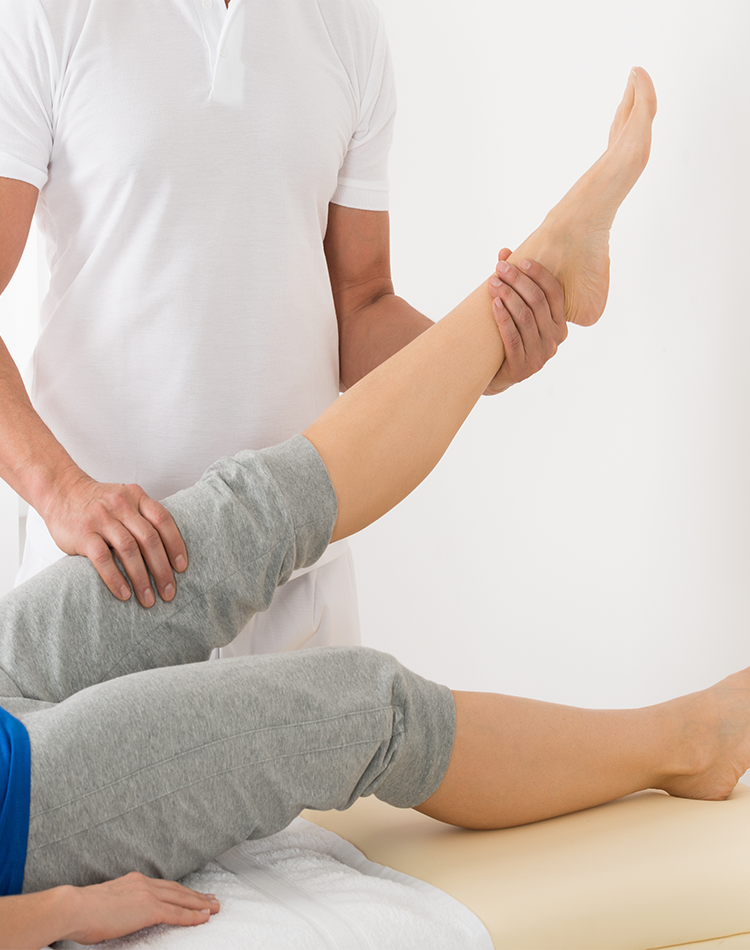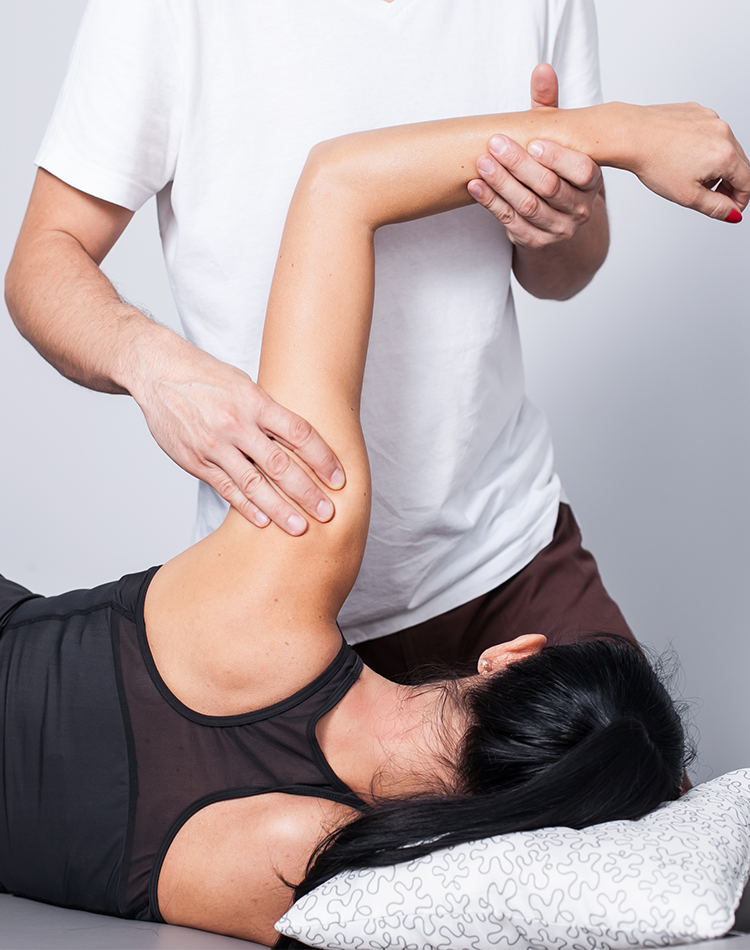Services
Manual Therapy
Finding A Physical Therapist That Does Manual Therapy In Las Vegas, Nevada
Many people are familiar with back and neck pain or tension as a result of car accidents, aging, sports injuries, birth defects, work-related injuries, or poor posture. Individuals seek physical therapist support in order to live pain-free. Physical therapists assist individuals in order to live pain-free.
Physical therapists are well versed in manual therapy and are able to prescribe a hands-on approach to pain management and everyday living rehabilitation. We define manual therapy and its inception below, as well as provide specific manual therapy examples.
What Is Manual Therapy and How Does It Benefit You
Manual therapy is the application of manual forces by a trained therapist to relieve pain and restore mobility. Manual therapy includes joint mobilization, myofascial release, neuromuscular facilitation, neurodynamic techniques, and soft tissue massage.
Joint Mobillization Physical Therapy
Joint mobilization is a passive movement of a joint through its range of motion in order to restore proper joint function. Joint mobilization is used to treat pain and improve range of motion in joints that have been injured or have become stiff because of arthritis or postural changes. For example, if an individual has low back pain as a result of muscle spasms causing instability in the sacroiliac joints (a common cause for low back pain), then he/she will likely benefit from joint mobilization techniques to reduce pain while improving stability in this area.
Myofasacial Release Physical Therapy
Myofascial release involves the use of sustained pressure into specific muscles or fascia (the connective tissue surrounding muscles) that are tight or contracted due to injury or chronic stress. It is thought that these contracted muscles are the result of trigger points within the muscle or fascia, which can be released using sustained pressure from a trained therapist. Myofascial release is used to treat pain and improve range of motion in muscles and joints. For example, if an individual experiences pain in their shoulder after playing tennis, then he/she will likely benefit from myofascial release techniques to reduce pain while improving range of motion in this area.
Neuromuscular Facilitation
Neuromuscular facilitation aims to increase muscle flexibility (range of motion) by using a series of contract-relax exercises that are performed against resistance provided by the therapist. The goal is to relax the antagonist muscles (the opposing muscle group) while performing the desired movement (i.e., flexion), thus allowing greater range of motion.
Neurodynamic techniques are focused on stretching and lengthening shortened tissues around joints and other tissues such as tendons and ligaments, whichxation to reduce the pain while improving range of motion.


Joint Mobillization Physical Therapy
Neuromuscular facilitation aims to increase muscle flexibility (range of motion) by using a series of contract-relax exercises that are performed against resistance provided by the therapist. The goal is to relax the antagonist muscles (the opposing muscle group) while performing the desired movement (i.e., flexion), thus allowing greater range of motion.
Neurodynamic techniques are focused on stretching and lengthening shortened tissues around joints and other tissues such as tendons and ligaments, whichxation to reduce the pain while improving range of motion.
